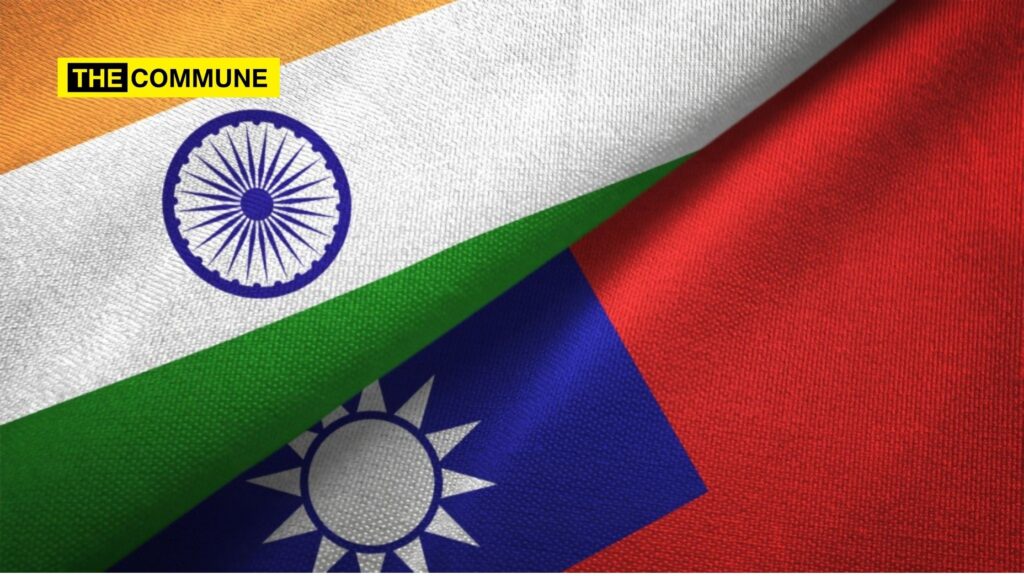In a development that will enrage China, Indian and Taiwanese government officials met to discuss the chip shortage issue is expected to stretch into 2023, and importantly for India, negotiate a proposal that would bring a chip facility worth $7.5 billion to India.
India and Taiwan are in talks to bring chip production to the region, as well as tariff reductions on components used to make semiconductors by the end of the year will antagonise China.
In 2018, India and Taiwan signed a bilateral investment agreement to increase revenue and strengthen economic connections between the two countries and as of now the trade between the two countries stands at $5.7 billion in the year 2020 and is bound to increase in the coming years.
According to the latest report by Bloomberg, Indian and Taiwanese government officials are working on a proposal that would bring a chip facility worth $7.5 billion to India, ensuring a seamless supply of everything, including 5G devices and electric cars. India is currently looking at prospective places with enough land, water, and manpower.
If the plan goes through, the government will fund 50 per cent of construction expenditures starting in 2023, as well as providing tax benefits and other incentives like reduced corporate tax. However, Taiwan has concerns about a lack of ecosystem for building up a chip production unit in India and expressed concerns about water, as well as electrical availability.
As the world wants to get rid of China’s hold over the supply chian, Taipei wants to move quickly on a bilateral investment pact that would involve tariff reductions on dozens of semiconductor-related products and a broader trade agreement. However, the details about the discussions between both countries are not being disclosed because its own significance in the context of China.
China has been increasingly beligirent and has consistnatly violated the Tiwanise air space in recent times but it is also afraid of countries that have democracy strengthening their economic and military ties to counter the red menace.
For a long time India had adopted a non-threatning policy against China asit considors Taiwan as its own territory, hence it has been hesitant to move forward. However, now the United States wats to shore up chip supplies, establish supply networks across democracies and increase military capabilities in the region, the dynamics have changed.
However, after the 2020, Galwan valley clash between the Indian Army and the PLA, India has taken a more assertive attitude against China and is wants to establish a framework for a comprehensive trade agreement spanning commodities, services, and investments with Taiwan.
India wants to become more self-reliant on chips and is pushing to attract high-tech investments, while Taiwan wants to enhance its diplomatic footprint around the world as it pushes back against China and the Quad summit and the formation of AUKUS would only add to its impetus.
The shortage in nicro chips has impacted automobile production, and supply shortage would further impact passenger vehicles sale volumes in September and as per a research, the demand for semiconductors in India is expected to reach $100 billion by 2025, up from $24 billion now.
If India wants to ensure there is no hindrance in its requirement of semiconductors the time has come to start developing a chip design business before establishing production plants.
Click here to subscribe to The Commune on Telegram and get the best stories of the day delivered to you personally.

